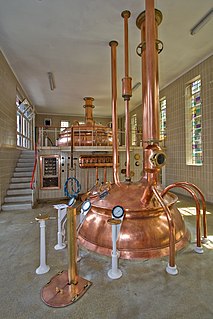
Stella Artois is a Belgian pilsner of between 4.8 and 5.2% ABV which was first brewed by Brouwerij Artois in Leuven, Belgium, in 1926. Since 2008, a 4% ABV version has also been sold in Britain, Ireland and Canada. Stella Artois is now owned by Interbrew International B.V. which is a subsidiary of the world's largest brewer, Anheuser-Busch InBev SA/NV.

Wheat beer is a beer, usually top-fermented, which is brewed with a large proportion of wheat relative to the amount of malted barley. The two main varieties are Weissbier, based on the German tradition, and Witbier, based on the Belgian tradition; minor types include Lambic, Berliner Weisse and Gose.
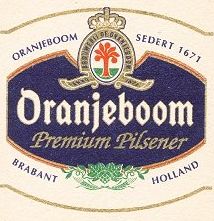
The Oranjeboom Brewery was founded in Rotterdam in 1671. The brewery there closed in 1990, with production shifted to Breda. That brewery was sold to Interbrew in 1995 and was closed in 2004 by InBev, Interbrew's successor. Production of the brand Oranjeboom was moved to the Dommelsch brewery. In October 2013 Oranjeboom was relaunched as a "quirky" new European style lager.
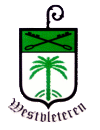
Westvleteren is a brewery founded in 1838 at the Trappist Abbey of Saint Sixtus in Vleteren, Belgium.

Rodenbach is a brewery in Roeselare, Belgium, now owned by Palm Breweries. It is noted for its barrel-aged sour beers in the Flemish red style.

Duvel Moortgat Brewery is a Flemish family-controlled brewery founded in 1871. Its strong golden pale ale, Duvel, is exported to more than forty countries. Duvel is Brabantian, Ghent and Antwerp dialect for devil, the standard Dutch word being duivel[ˈdœy̯vəl].

Westmalle Brewery is a Trappist brewery in the Westmalle Abbey, Belgium. It produces three beers, designated as Trappist beer by the International Trappist Association. Westmalle Tripel is credited with being the first golden strong pale ale to use the term Tripel.

Beer in Belgium varies from pale lager to amber ales, lambic beers, Flemish red ales, sour brown ales, strong ales and stouts. In 2016, there were approximately 224 active breweries in Belgium, including international companies, such as AB InBev, and traditional breweries including Trappist monasteries. On average, Belgians drink 84 liters of beer each year, down from around 200 each year in 1900. Most beers are bought or served in bottles, rather than cans, and almost every beer has its own branded, sometimes uniquely shaped, glass. In 2016, UNESCO inscribed Belgian beer culture on their list of the intangible cultural heritage of humanity.

Beer in the Netherlands is known for the pale lagers, especially Heineken and Grolsch that are consumed globally. Grolsch is the leading import lager in the United Kingdom. Heineken is the world's third-largest brewer of beer, after Anheuser-Busch InBev and SABMiller.
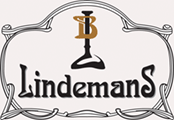
Lindemans Brewery is a Belgian family brewery based in Vlezenbeek, a small town in the Flemish Brabant southwest of Brussels. It produces lambics, a style of Belgian ale that uses raw wheat and wild yeast.
St. Bernardus is a brewery in Watou, Belgium.

Alvinne is a small brewery in the hamlet of Moen near the Belgian city of Zwevegem.
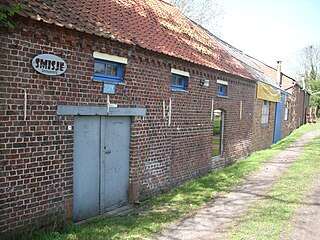
The Smisje Brewery, with a tiny production of only 200 hectoliters per year, is one of the smallest existing Belgian craft breweries. Begun in 1995 by former printer and homebrewer Johan Brandt, it was originally titled "De Regenboog", the same name as his earlier printing business. Brandt is also a bee-keeper, which accounts for the prominent use of honey in some of the brewery's offerings, including its first commercial beer, which was named 't Smisje or "the little blacksmith" to reflect the hand-crafted nature of the product as well as a local landmark blacksmith's house near the brewery's original location.
Hoegaarden Brewery is a brewery in Hoegaarden, Belgium, and the producer of a well-known wheat beer.

Huyghe Brewery is a brewery founded in 1906 by Leon Huyghe in city of Melle in East Flanders, Belgium. Its "flagship" beer is Delirium Tremens, a golden ale.

Bosteels Brewery is a brewery in Buggenhout, Belgium. The brewery was founded in 1791 and was owned and operated by the same family till its seventh generation decided to sell to ABinbev in September 2016. Bosteels brew three beers: Tripel Karmeliet, DeuS, and Pauwel Kwak.
Tripel Karmeliet is a blond Belgian beer with high alcohol by volume (8.4%), brewed by Brouwerij Bosteels in Buggenhout, Belgium. It was first brewed in 1996 and uses three cereals: wheat, oats and barley.
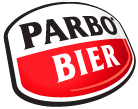
Surinaamse Brouwerij is the primary beer producer in Suriname. The brewery produces Parbo Bier and Parbo Power Stout.
The Roman Brewery is a beer brewery in Mater, Belgium, in operation since 1545. The brewery has been family-owned since the late sixteenth century; Joos Roman, a bailli until 1604, is considered the pater familias. Unlike many Breweries in the region, which make Belgian style sour beers, the Brouwerij Roman has maintained beers of more German and French styles.

